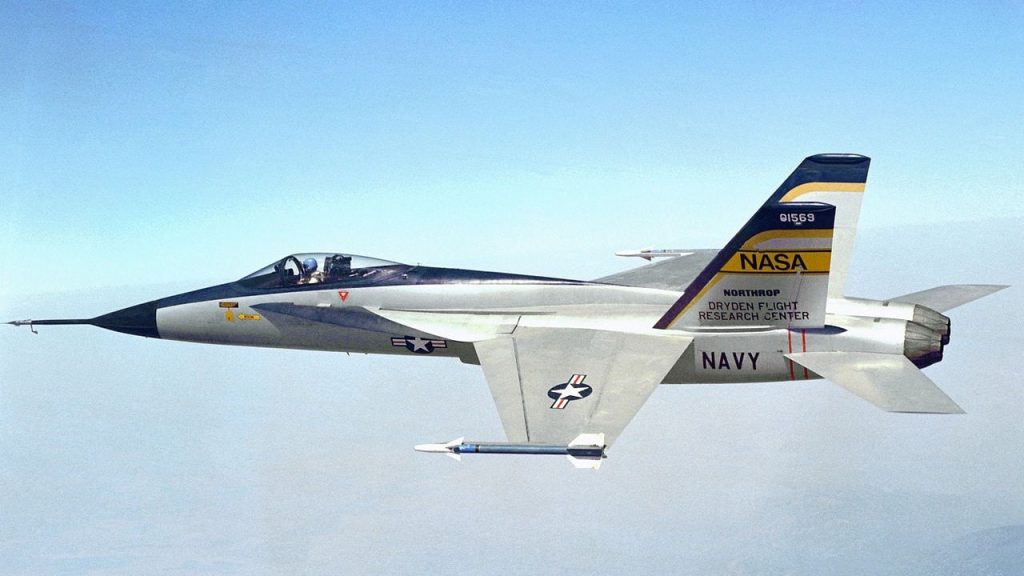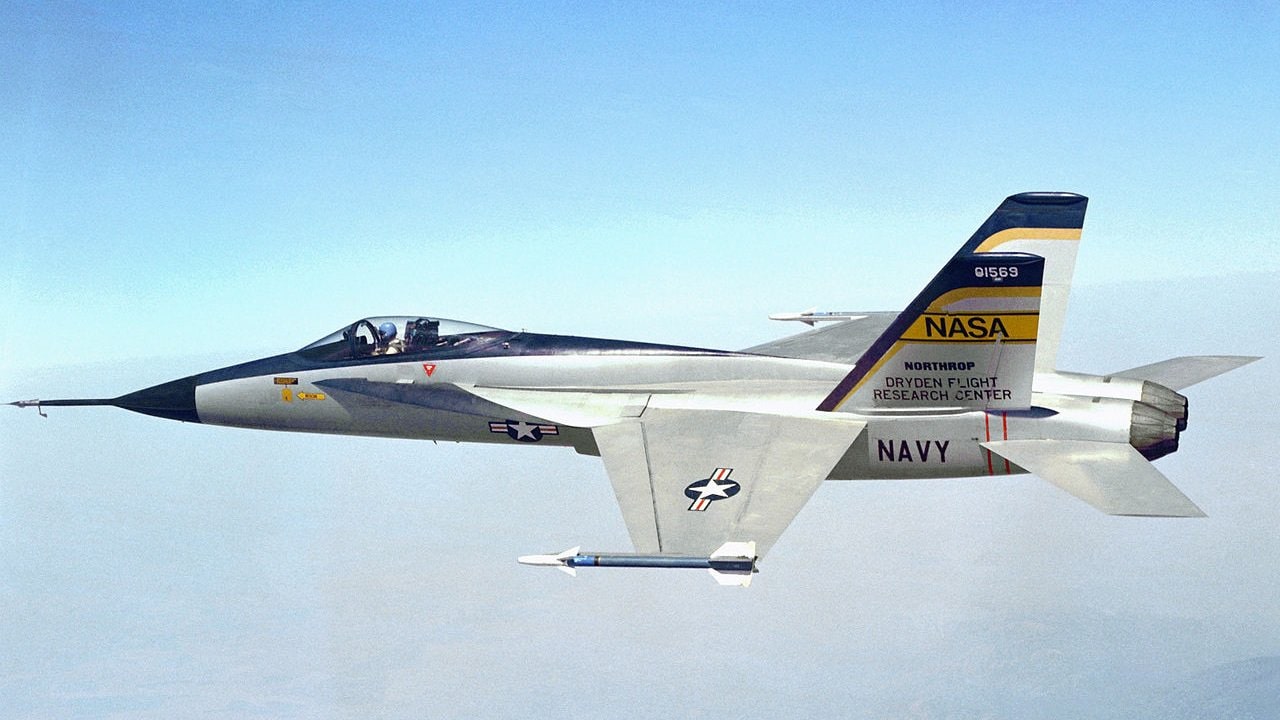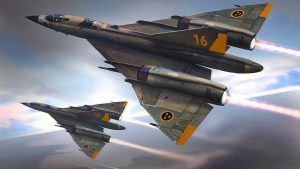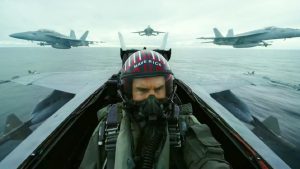YF-17 fit. The Navy increased the plane’s size.

YF-17: The Fighter Mafia was a group of U.S. Air Force officers that defied orthodoxy in the late 1960s.
“The Mad Major,” John Boyd, unofficially led the Fighter Mafia. Boyd was a combative fighter pilot and military strategist.
The Fighter Mafia used Boyd and mathematician Thomas P. Christie’s energy-maneuverability theory to try to change things.
Boyd and Christie’s two-volume energy-maneuverability theory is Ps-V (T-D-W). The formula accurately predicts airplane performance.
Their forecasts showed that increased weight would impair aircraft maneuverability.
With this now-accepted information, Boyd and his Fighter Mafia advocated for a new fighter type with a high thrust-to-weight ratio, good maneuverability, and a gross weight of fewer than 20,000 pounds. F-15 Eagles weigh 45,000 pounds.
Boyd desired an aircraft that could make “rapid transients” in speed, altitude, and direction.
The imagined fighter could keep an opponent pinned down when they were on the attack and force them to overreach when they were on the defense.
They incorporated the Fighter Mafia’s requirements into the Lightweight Fighter (LWF) program, which encouraged the creation of an energy-efficient, maneuverable aircraft.
The General Dynamics YF-16 and Northrop YF-17 were lightweight yet formidable LWF competitors.
The LFW evaluation went to the YF-16, which outperformed the YF-17 in acceleration, endurance, turn, and climb rates. Five Air Force fighter wings ordered YF-16s. The plane was renamed the F-16 Fighting Falcon in 1980.
The U.S. Navy, which also wanted a lightweight, cheap fighter, was interested in the LFW loser, the YF-17.
The U.S. Navy realized in the 1970s that the F-14 was too huge and expensive to replace its fighter fleet. The Navy watched the USAF’s LFX program for a cheaper option.
The Navy preferred the twin-engine YF-17 to the USAF’s YF-16.
The Navy didn’t need a pure air combat fighter. The YF-17’s inability to match the YF-16 didn’t disqualify it.
The Navy chose twin-engine planes to have a backup engine for the very dangerous aircraft carrier catapult launches.
YF-17 fit. The Navy increased the plane’s size.
The Block I F/A-18 Hornet is still in service and stars in the world’s highest-grossing film. Good for a plane that “lost” its evaluation program 50 years ago.






